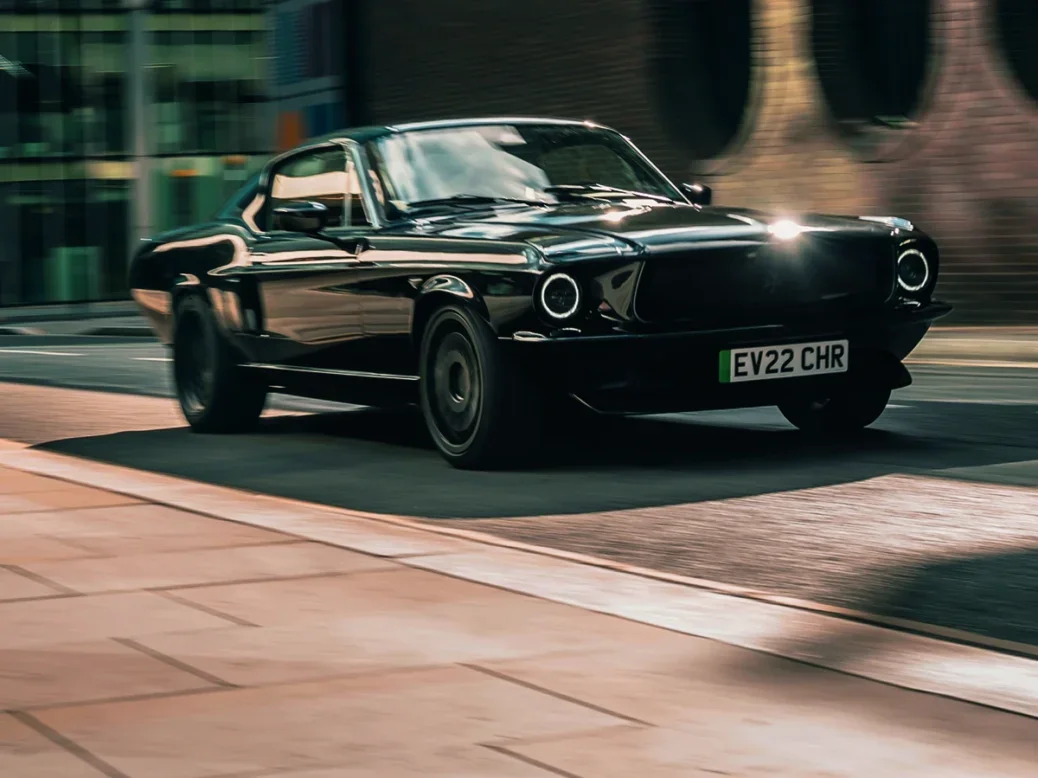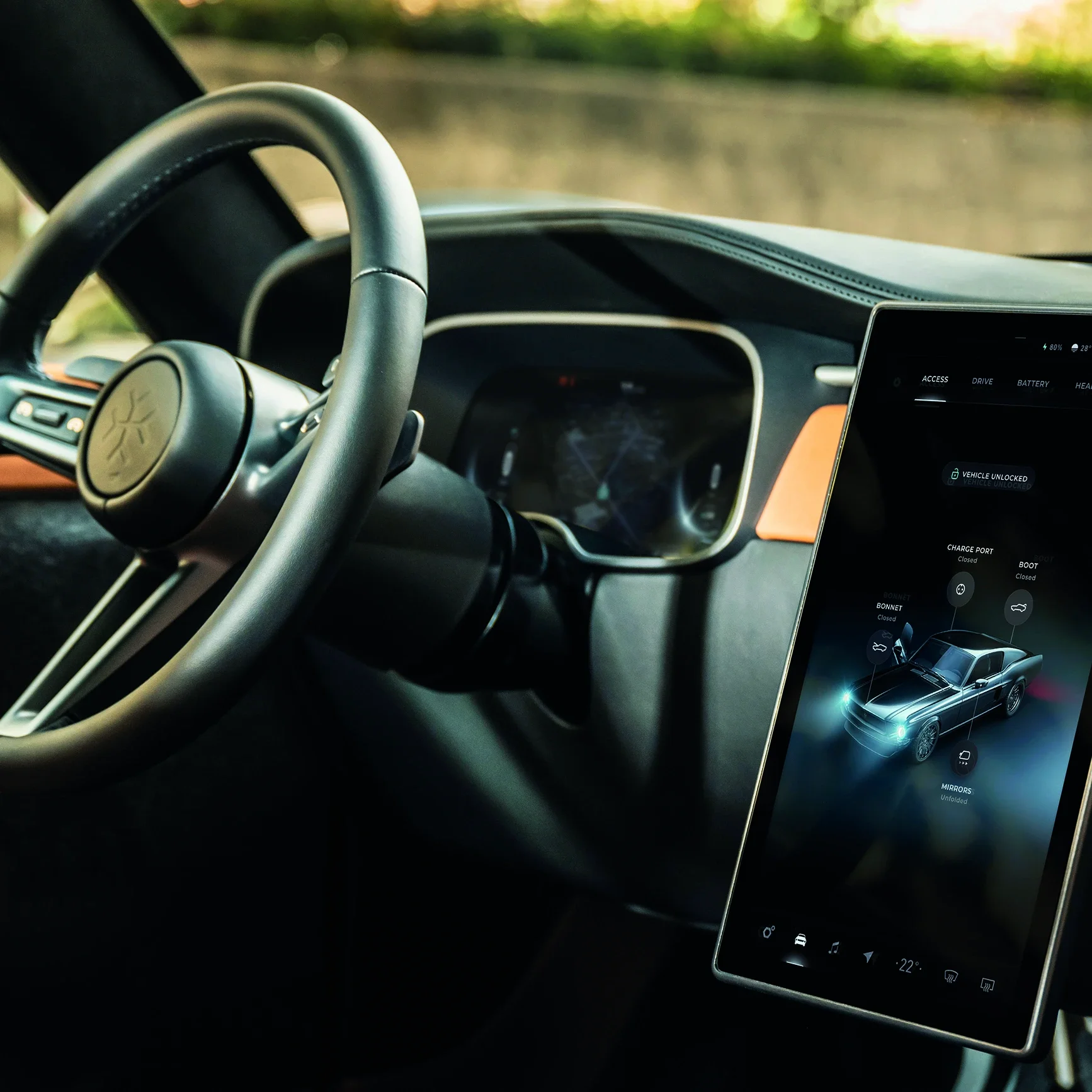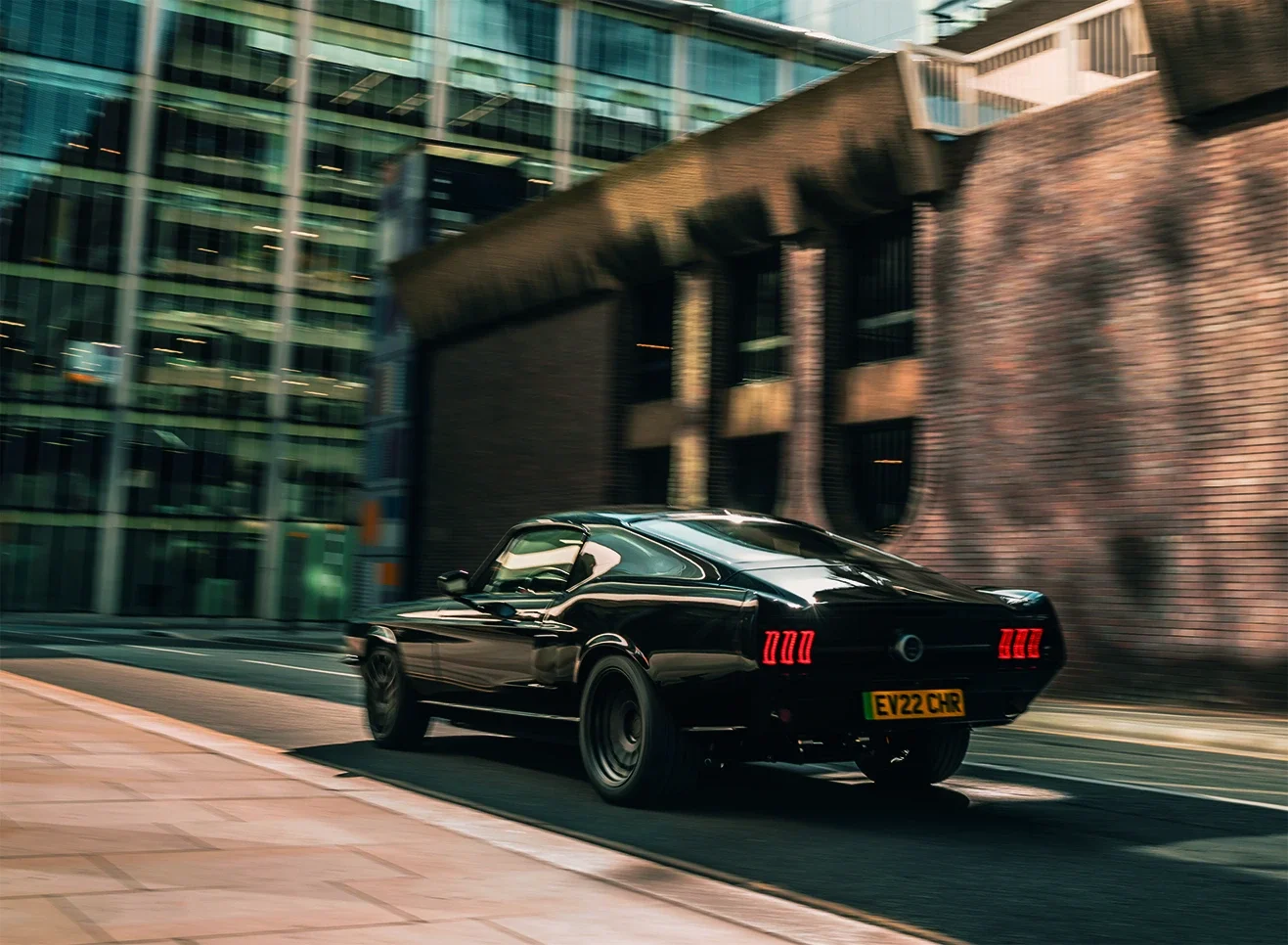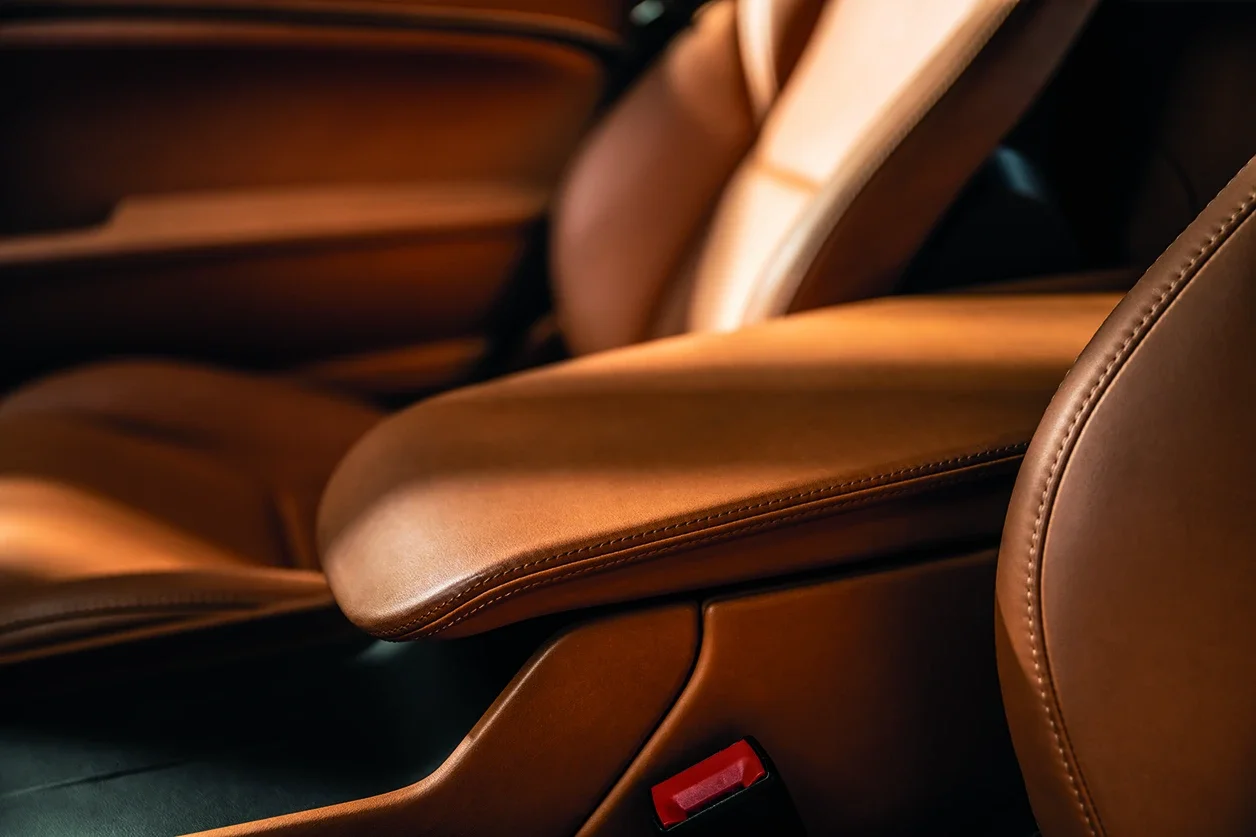
A UK start-up has pulled off the impossible, developing a modern Mustang electric car that has all the character of the classic design
I confess, I have a thing about engines. Tractor engines, bike engines, Land Rover engines, V12 supercar engines, air-cooled Beetle engines – I love them all. I’m even fascinated by the tiny pull-start four-stroke in my Honda strimmer. Which means, generally speaking, I’m not a huge fan of electric cars. The lack of noise, the lack of vibration – all the stuff that EV engineers love to get rid of, I’m hungry for more.
But you know, the absence of that hypnotic suck-squeeze-bang-blow isn’t my biggest gripe; it’s the fact that so many electric cars are devoid of any kind of character. Often based on some lookalike modern hatchback, too many electric cars have all the personality of a microwave oven: sterile, functional and utterly emotionless. (I was going to say ‘dishwasher’, but on reflection I feel quite warm and grateful when I stack the dishes in the rack.)
Which is why I find re-engineered, electrified classic cars so intriguing. If you could have the looks, the personality, the individualism of a classic but with a modern battery powertrain, the lack of engine noise would be a lot less important.
Muscle memory
Companies are doing this now: they’ll take a classic, rip out the engine, stick a big battery under the bonnet and then attach an electric motor to the driveshaft. Completely restored and re-upholstered, these vintage Jaguars and Porsches are often beautiful and clever, yes, but they’re also full of compromises: an awkward driving position, perhaps, old-school interior tech, poor weight distribution. Old cars are full of character but they’re also, well… old.
So where’s the sweet spot between character and compromise? That’s where this car comes in: because, despite the looks, this isn’t a classic and it hasn’t been restored or converted to battery power. In fact, this is a brand-new, purpose-built EV, conceived from the ground up to combine the latest in electrical and digital technology with the drop-dead gorgeous looks of a 1967 Ford Mustang Fastback.
Called the Charge ’67, it’s designed and built in the UK, and after a six-year development there’s now a limited edition of 499 examples for sale with a starting price of £300,000. That’s a lot of money for an EV, but you won’t find many compromises here.

Man with an electric van – and a classic Mustang
Charge was born out of Arrival, the tech start-up that’s developing a global electric delivery van. Arrival was founded in London in 2015 by Denis Sverdlov, who also owned a classic Ferrari Dino that was always leaking oil. He decided to create a spin-off company that would apply his own modular EV hardware and digital tech to classic cars, and to run his new start-up he brought over fellow Russian Vadim Shagaleev, then just 29, who had previously run a video-on-demand business.
Starting from scratch with a handful of Arrival engineers, Shagaleev’s first thought was to buy a classic, pull out the existing drivetrain and install a battery. But after buying a 1967 Mustang to use as a prototype, he realised that, yes, old cars are actually old, with heavy materials, outdated engineering and lots of rust.
So he did some research and struck gold: he discovered a company in the US making new, officially licensed Mustang body shells for the restoration market. Suddenly, instead of converting old classics, Charge could design its electric Mustang new from the ground up.

The result, despite the classic exterior, is a modern ‘skateboard’ architecture under the skin. Charge takes a new steel body shell (the bit around the cockpit) and stiffens and strengthens it to accommodate a big hole engineered into the floor.
The Arrival-sourced 64kWh battery is then encased in a rigid, carbon-fibre tray and bolted in underneath to become the structural floor of the car. This keeps the weight low, improving the centre of gravity and handling, compared to more conventional battery-under-the-bonnet rivals.
Then, rather than hook up an electric motor to the original gearbox and driveshaft, the Charge has four Arrival-sourced motors, one at each wheel, giving the car a total output of of 400kW (536hp) and four-wheel drive. The suspension and brakes are also new.
A classic Mustang – with modern touches
All this modern hardware is wrapped in a body that looks like a Mustang at first glance, but look again and you’ll see it’s been re-designed and re-created in lightweight carbon fibre. Charge 3D-scanned an original 1967 Fastback and then cleaned up the surfaces, reduced the number of panel lines and added flush door handles and bespoke LED lights. The result combines the confidence and muscularity of 1960s Americana with a modern, pared-back minimalism.
View this post on Instagram
The interior has also been re-imagined. The first thing you notice is there’s no transmission tunnel or gear shift, so the ’67 has a flat floor. There’s a three-spoke steering wheel and leather-trimmed sports seats, but otherwise the interior is streamlined down to just two high-definition screens, one in the binnacle and a big touchscreen in the middle.
Though Arrival software is running in the background, the user interface is bespoke to Charge, giving everything – from the satnav to the media player and adaptive cruise control – a unique look and feel. It’s a clever trick, wrapping up all this modern tech in a classic in a way that feels completely natural.

Charge ’67 on the road
The Charge ’67 only gets more convincing on the move. Given that Charge is a start-up and this is its first car, the ’67 feels refined and well built. All the controls have a lovely weighted feel, from the throttle pedal to the brakes and steering.
It’s a fluid and relaxing car to drive around town, the clear feedback through the touch-points allowing you to easily judge your inputs and make smooth progress. And if you do want to get brutal – from traffic lights, for instance – the Charge will oblige like a V8 on a drag strip.
Like many electric cars, the batteries and motors produce a ridiculous amount of instant torque – a gigantic 1,120lb ft in this case. Jab the throttle hard and the Charge will lunge forward in a vomit-inducing leap that will leave anything this side of a McLaren for dead. Charge claims 0-60mph in 3.9 seconds, though if you drive like that you won’t see the full claimed range of 200 miles.
But drag races aren’t the point. Yes, the steering is surprisingly engaging and the ride is firm (a million miles from what you’d expect from a wallowy, 1960s muscle car), but the Charge ’67 is no sports car.
A high-end Electric Vehicle to trump Teslas
Instead it’s a born cruiser, laid-back and relaxed with its silent drivetrain and two-seater, fastback interior. Easy to live with, gorgeous to look at and packed full of connective technology, it’s better to think of the Charge as an expensive alternative to a Tesla.
Imagine you’re a self-made, wealthy tech entrepreneur who pulls up in your office car park to find you’re surrounded by a fleet of lookalike Teslas. If you want to stand out from the EV crowd, the Charge ’67 offers a fascinating, characterful, head-turning alternative to the sterile mainstream – even without the throbbing V8 engine and deliciously oily engine smell.
You don’t find engine smells delicious? OK, I’ll just get back to my strimmer now.
More from Spear’s
Why the Rolls-Royce Spectre will silently reimagine luxury coupes






